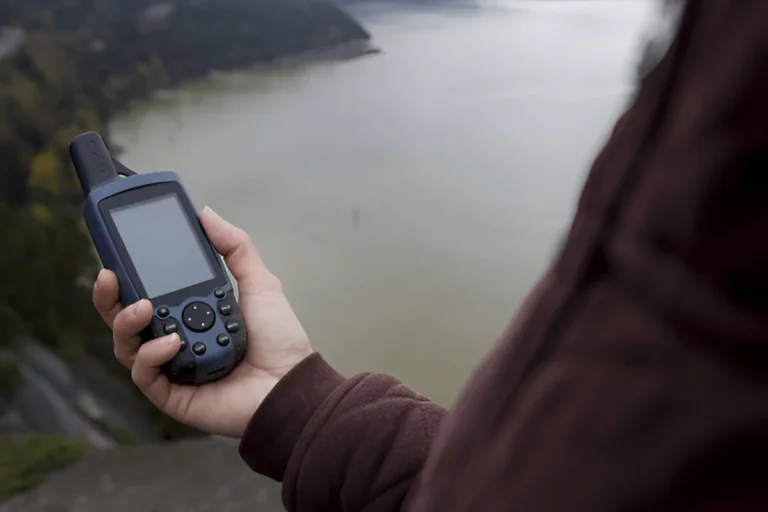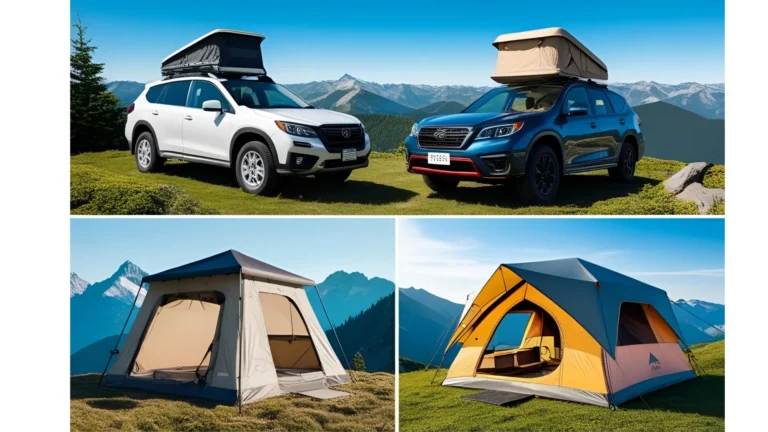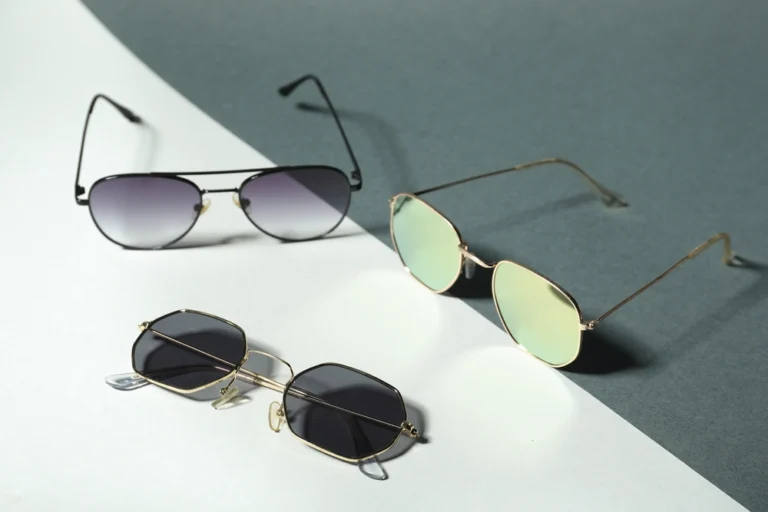Finding the Best Winter Jackets is more than just a matter of style also it is also about staying warm, dry, and comfortable in the harshest conditions. Whether you are braving icy winds on a mountain trek, walking to work through snow-covered streets, or simply enjoying outdoor activities in cold weather, the right jacket can completely transform your experience. The best winter jackets of 2025 combine superior warmth, weather resistance, durability, and comfort, while also offering versatility for different lifestyles ranging from technical alpine jackets to stylish everyday coats. To bring you this guide, we tested dozens of jackets in real-world conditions, freezing city commutes, windy ski slopes, snowy hiking trails, and backcountry expeditions. Our evaluation focused on warmth, comfort, weather protection, style, breathability, construction quality, and overall value. This ensures that each recommendation not only performs under pressure but also holds up over years of use.
In this list, you can find jackets that fit every need and budget, from affordable down jackets for casual wearers to high-performance insulated parkas designed for extreme winter conditions. Whether you are shopping for a reliable women’s winter coat, a men’s waterproof snow jacket, or a stylish insulated parka for urban use, our curated picks of the eight best winter jackets of 2025 guarantee that you are staying protected, comfortable, and confident in the cold. You can also check the Best Ultralight Rain Jacket that are reviewed and tested each product by our team.
Top Best Winter Jackets Review
When it comes to winter outerwear, no single jacket works for everyone. Some people need a high-performance insulated parka for alpine climbs, while others want a stylish yet warm coat for city life. In 2025, the best winter jackets bring together warmth, weather resistance, comfort, and versatility. Our top pick for women is the Fjällräven Nuuk Parka, designed to handle frigid conditions with a cozy feel. On a budget? The Orolay Thickened Down Jacket offers excellent insulation without draining your wallet.
Men looking for rugged performance can count on the TACVASEN Ski Jacket for outdoor sports or the Wantdo Waterproof Snow Jacket for affordable winter protection. For technical alpine use, the Rab Neutrino Pro delivers lightweight warmth with premium down. If you want both comfort and durability, the Mountain Hardwear Stretchdown Parka stands out, while the North Face McMurdo balances warmth with street-ready style. Finally, for classic workwear toughness, the Carhartt Bartlett Jacket remains an unbeatable choice.
1. Best Overall Winter Jacket for Women – Fjallraven Nuuk – Women’s
Specifications
- Material: 100% polyamide shell with waterproof coating
- Insulation: Supreme Microloft (synthetic)
- Hood: Adjustable, detachable with faux-fur trim
- Pockets: Multiple (handwarmer, chest, inner storage)
- Fit: Long cut, covers hips and upper thighs
- Weather Protection: Windproof & water-resistant
- Best Use: Daily wear, commuting, cold-weather travel, outdoor walking
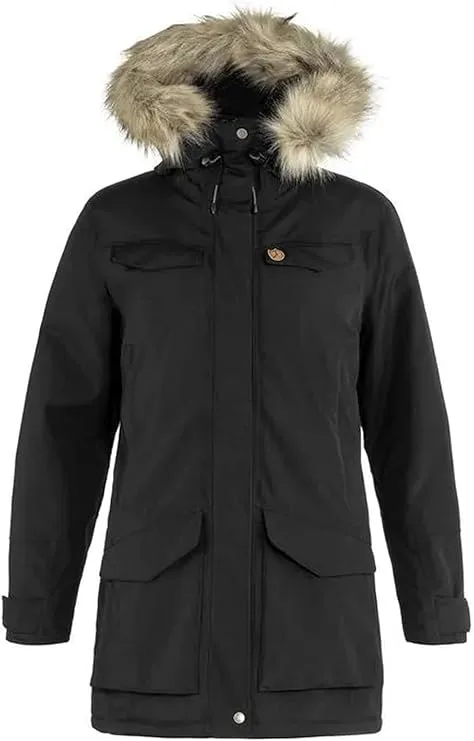
The Fjallraven Nuuk Parka is designed for women who face long, cold winters and need maximum protection from the elements. Known for its Scandinavian build quality, this parka is made to withstand snow, wind, and icy temperatures while still keeping comfort a priority. It offers a long cut for full coverage, a faux fur trimmed hood for added warmth, and a design that balances both function and style. Whether you are commuting in the city, walking through snowy parks, or traveling in sub-zero conditions, the Nuuk ensures you stay warm and dry.
REASONS TO BUY
- Excellent warmth even in sub-zero conditions
- Long cut provides extra coverage and protection
- Stylish design with a flattering fit
- Multiple secure and convenient pockets
- Highly durable and weather-resistant construction
REASONS TO AVOID
- Price is on the higher side
- It can feel too warm for mild winter days
One of the biggest strengths of the Nuuk Parka is its insulation and weatherproofing. The synthetic insulation traps body heat effectively, while the durable shell provides water resistance and wind protection. Unlike some bulky coats, it’s built with thoughtful tailoring that avoids the puffy look, giving it a sleek silhouette without compromising warmth. With multiple pockets, adjustable features, and a reputation for lasting durability, this jacket has earned its place as our top overall pick for women in 2025.
2. Best Women’s Winter Jacket on a Tight Budget – Orolay Thickened Down
Specifications
- Insulation: 90% white duck down, 10% feather blend
- Shell Material: 100% polyester (water-resistant)
- Length: Mid-thigh coverage
- Hood: Oversized, down-filled hood for added warmth
- Pockets: 6 large exterior zippered pockets + 1 inner pocket
- Temperature Rating: Suitable for moderately cold to frigid conditions (approx. -5°F to 25°F)
- Sizes Available: XS to 5XL (inclusive sizing)
- Colors: Wide variety, from neutrals to bold shades
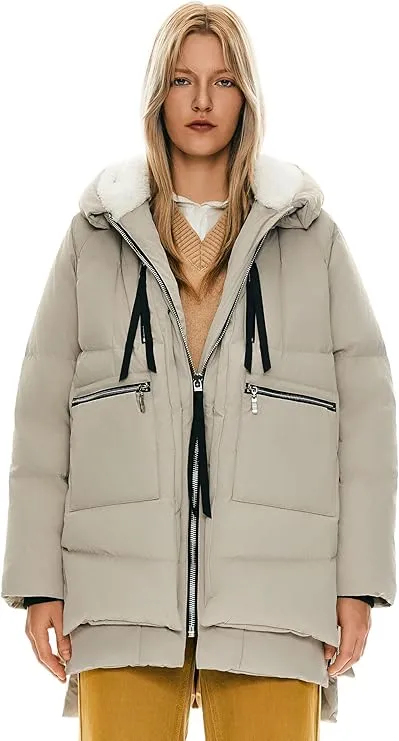
The Orolay Thickened Down Jacket has become a household name in affordable winter wear, often nicknamed the Amazon coat because of its viral popularity. What makes this jacket stand out is its ability to deliver real warmth, style, and functionality at a fraction of the cost of premium brands. Designed for women who want cozy insulation without spending a fortune, the Orolay jacket features thick down filling, a durable polyester shell, and an oversized design that traps body heat exceptionally well.
REASONS TO BUY
- Affordable price while offering premium-level warmth.
- Thick down insulation with excellent coverage for legs and core.
- Oversized hood adds extra comfort and wind protection.
- Multiple large pockets for storage and practicality.
- Stylish look that works well for both casual and city wear.
REASONS TO AVOID
- Not ideal for performance use.
- Water-resistant but not fully waterproof in heavy rain.
Beyond just warmth, this jacket is practical and stylish. The extra-long cut provides more leg coverage than most budget options, while its oversized hood and plush lining give it a fashionable edge. With multiple zippered pockets, it’s easy to carry essentials like gloves, phones, or even small snacks, making it ideal for commuting, city use, or light outdoor activities in cold weather. For budget-conscious shoppers, this is hands-down one of the best women’s winter jackets in 2025.
3. TACVASEN Men’s Winter Ski Jacket
Specifications
- Insulation: Fleece-lined interior for warmth
- Shell Material: 100% polyester with waterproof coating
- Waterproof Rating: Up to 5,000mm (suitable for snow and light rain)
- Windproofing: Adjustable cuffs, hem, and storm flap design
- Hood: Detachable and adjustable hood
- Pockets: 4–5 multipurpose pockets (zippered and secure)
- Sizes Available: S to 3XL
- Intended Use: Skiing, snowboarding, hiking, daily winter wear
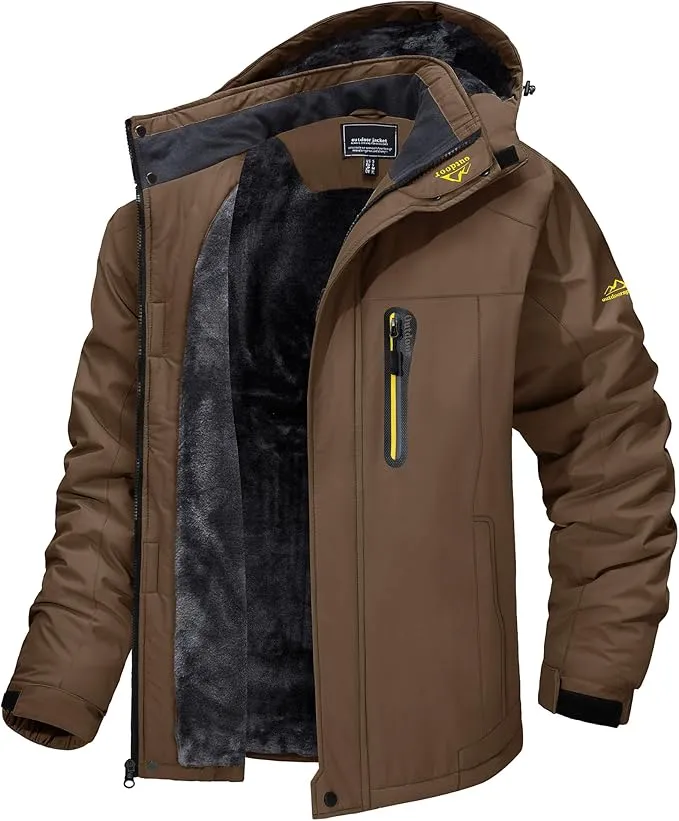
The TACVASEN Men’s Winter Ski Jacket is a versatile and budget-friendly option designed for men who want dependable performance on the slopes, trails, or city streets. Built with a durable polyester shell, thick fleece lining, and waterproof coating, this jacket balances warmth and weather protection without the premium price tag. It’s particularly popular among skiers, snowboarders, and outdoor enthusiasts looking for a practical all-rounder that does not compromise on comfort.
REASONS TO BUY
- Budget-friendly yet offers solid winter protection.
- Waterproof and windproof for snow sports and cold conditions.
- Warm fleece lining ensures comfort in freezing temperatures.
- Plenty of pockets for gear, ski passes, or gadgets.
- The detachable hood adds versatility for changing weather.
REASONS TO AVOID
- Not ideal for extreme alpine
- Limited breathability during high-intensity activities.
Beyond its performance, the TACVASEN Ski Jacket is packed with thoughtful features that make it stand out, including an adjustable hood, multiple storage pockets, and windproof cuffs for added insulation. While it may not compete with ultra-technical alpine jackets, it offers solid protection against cold winds, light snow, and everyday winter wear. For those who need a reliable jacket under $100, this is one of the best values on the market in 2025.
4. Warm Down Jacket for Technical Winter Use – Rab Neutrino Pro
Specifications
- Insulation: 800-fill European goose down (hydrophobic, fluorocarbon-free)
- Shell Material: Pertex Quantum Pro with DWR (durable water repellent) finish
- Weight: ~22 oz (625 g)
- Warmth Rating: Suitable for sub-zero temperatures and high-altitude use
- Hood: Helmet-compatible, down-filled, and fully adjustable
- Pockets: 2 insulated hand pockets + 1 internal security pocket
- Zippers: YKK two-way front zip with insulated storm flap
- Packability: Compresses into the included stuff sack
- Intended Use: Mountaineering, technical climbing, extreme cold conditions
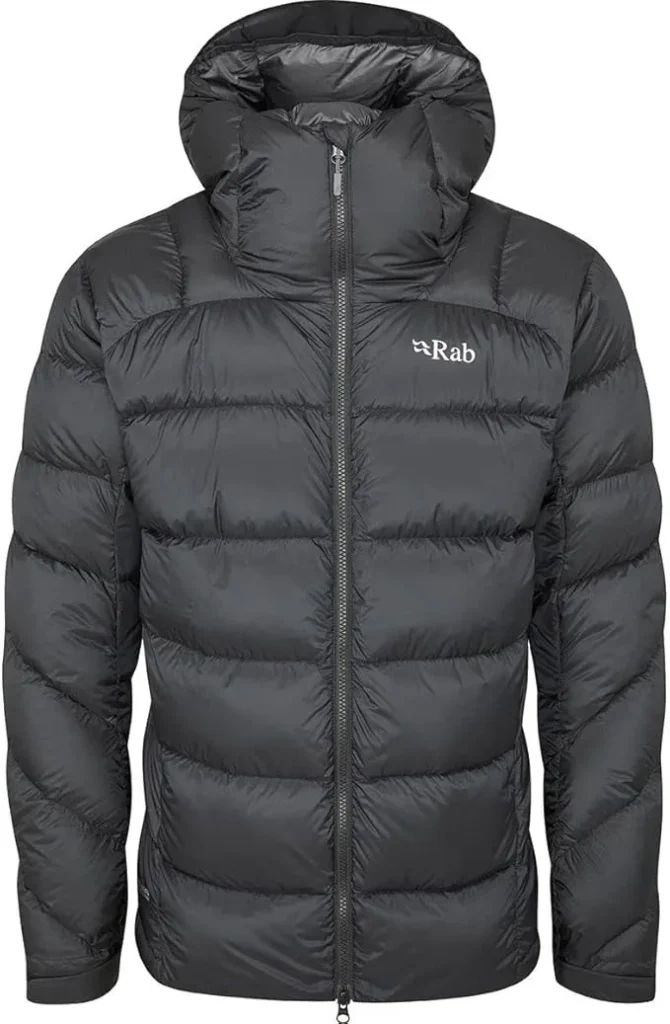
The Rab Neutrino Pro is a premium down jacket built for serious winter conditions, alpine expeditions, and technical outdoor use. Known for its exceptional warmth-to-weight ratio, it features 800-fill power European goose down treated with Nikwax hydrophobic technology, ensuring insulation stays dry even in damp weather. Combined with a tough Pertex Quantum Pro shell, this jacket offers both lightweight packability and strong resistance to wind and snow.
REASONS TO BUY
- Outstanding warmth-to-weight ratio for alpine conditions.
- Hydrophobic down retains loft even in damp or snowy weather.
- Pertex Quantum Pro shell provides excellent weather resistance.
- Helmet-compatible hood for technical climbing and skiing.
- Highly compressible and easy to pack.
REASONS TO AVOID
- Expensive compared to casual winter jackets.
- Overkill for mild winter or city use.
Designed with mountaineers and cold-weather adventurers in mind, the Neutrino Pro excels when temperatures plummet. It includes a helmet-compatible hood, a two-way front zipper for harness use, and large insulated hand pockets for easy access in the field. While it comes at a premium price, it’s a long-term investment for those who need uncompromising warmth and durability during technical winter activities.
5. Comfortable & Durable Winter Jacket – Mountain Hardwear Stretchdown Parka
Specifications
- Material: Four-way stretch woven shell with durable water-repellent (DWR) finish
- Insulation: 700-fill RDS-certified down
- Construction: Welded stretch baffles (instead of stitched seams)
- Length: Parka-length for added warmth and protection
- Weather Resistance: Wind-resistant and water-repellent
- Features: Zippered hand pockets, internal drop pocket, insulated hood
- Best For: Active winter use, travel, daily wear in cold climates
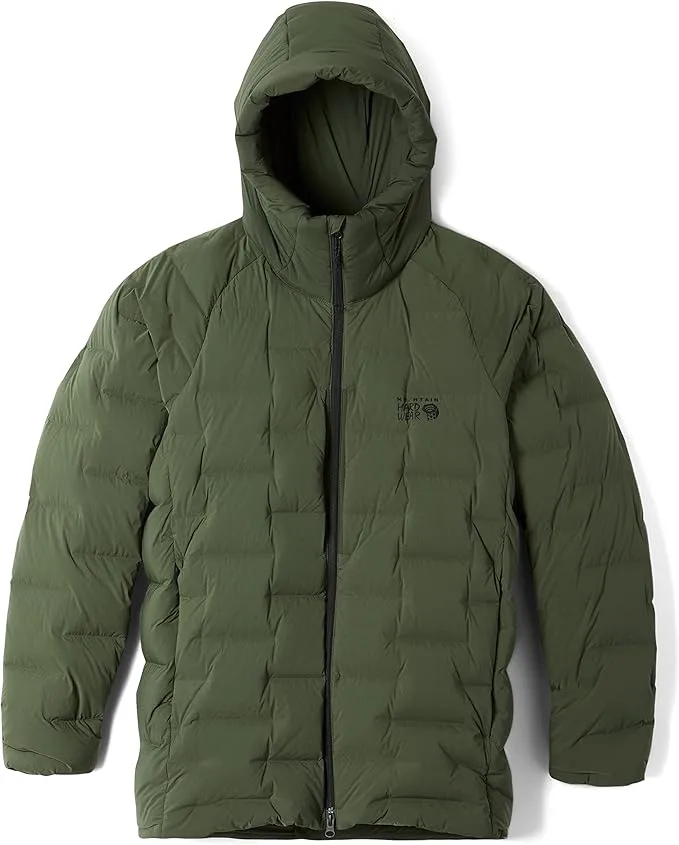
The Mountain Hardwear Stretchdown Parka is designed for those who want serious warmth without sacrificing comfort and mobility. Unlike traditional down jackets that can feel stiff or restrictive, the Stretchdown uses a unique stretch-welded channel construction that allows the insulation to move with your body. This makes it ideal for active use in cold weather, whether you’re hiking snowy trails, running errands around town, or layering for ski days. The parka’s length adds extra coverage, keeping your thighs warm and protected from icy winds.
REASONS TO BUY
- Flexible stretch fabric allows excellent mobility
- Warm yet lightweight with premium down insulation
- Parka length provides better coverage in cold and windy conditions
- Sleek design suitable for both performance and casual wear
- Durable build with welded seams to reduce cold spots
REASONS TO AVOID
- Higher price point compared to budget down jackets
- Slightly bulkier than ultralight alpine jackets
What sets this jacket apart is its balance of performance and everyday versatility. It features responsibly sourced down insulation for maximum warmth-to-weight ratio, paired with a durable outer shell that stands up to abrasion and regular wear. The four-way stretch fabric ensures excellent flexibility, so you don’t feel restricted when moving. With a sleek, minimalist design, it works just as well in an urban setting as it does in the mountains. If you want a winter coat that’s both technical and stylish, the Stretchdown Parka hits that sweet spot.
6. Best Men’s Winter Jacket on a Tight Budget – Wantdo Waterproof Snow Jacket – Men’s
Specifications
- Insulation: Polyester padding with fleece lining
- Outer Material: Waterproof & windproof polyester shell
- Fit: Regular fit (adjustable cuffs and hem)
- Key Features: Detachable hood, multiple secure pockets, waterproof coating, wind-resistant design
- Use Case: Skiing, snowboarding, casual winter wear, commuting
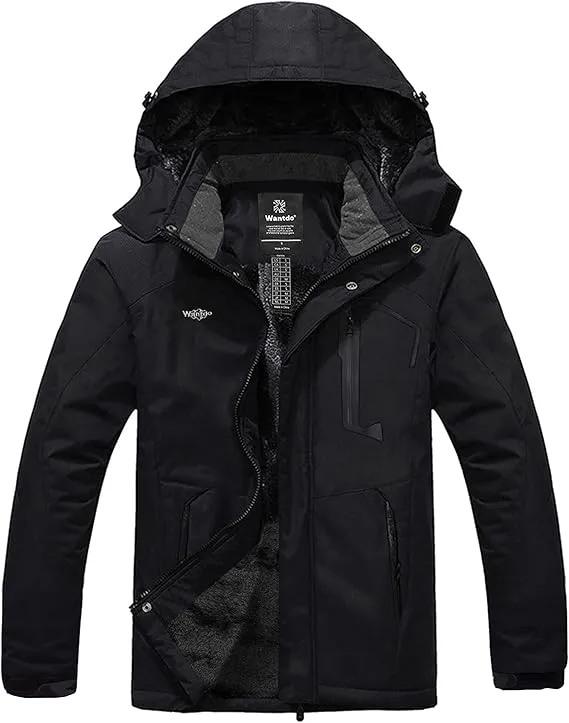
The Wantdo Waterproof Snow Jacket is one of the most popular choices for men looking for an affordable, functional, and reliable winter coat. Designed with both casual wearers and outdoor enthusiasts in mind, it offers solid warmth, waterproofing, and wind resistance at a price far below premium competitors. This jacket is built with a durable outer shell that keeps out snow and rain, making it suitable for skiing, snowboarding, or daily commuting in harsh winter weather.
REASONS TO BUY
- Very affordable compared to premium winter jackets.
- Waterproof and windproof shell for solid weather protection.
- Fleece lining adds warmth and comfort.
- Plenty of pockets for storage and convenience.
- Available in many colors and sizes for versatile style options.
REASONS TO AVOID
- Not as breathable as high-end performance jackets.
- Insulation does not work for extreme alpine conditions.
Inside, the jacket uses insulated padding that provides good warmth without making the coat overly heavy. It also comes with a soft fleece lining, which boosts comfort and adds a cozy feel for long days outside. Multiple pockets, including zippered hand pockets, an internal media pocket, and a ski pass pocket, make it a practical option for winter activities. While it won’t match high-end jackets in breathability or technical performance, the Wantdo stands out as a budget-friendly winter essential that balances functionality and value.
7. Best Warm & Stylish Winter Coat – The North Face McMurdo
Specifications
- Insulation: 550-fill responsibly sourced down
- Outer Material: DryVent 2L waterproof and windproof fabric
- Fit: Regular/relaxed parka fit with thigh-length coverage
- Key Features: Removable faux-fur hood trim, adjustable hood, multiple storage pockets, storm flap closure
- Use Case: Everyday winter wear, urban commuting, extremely cold climates
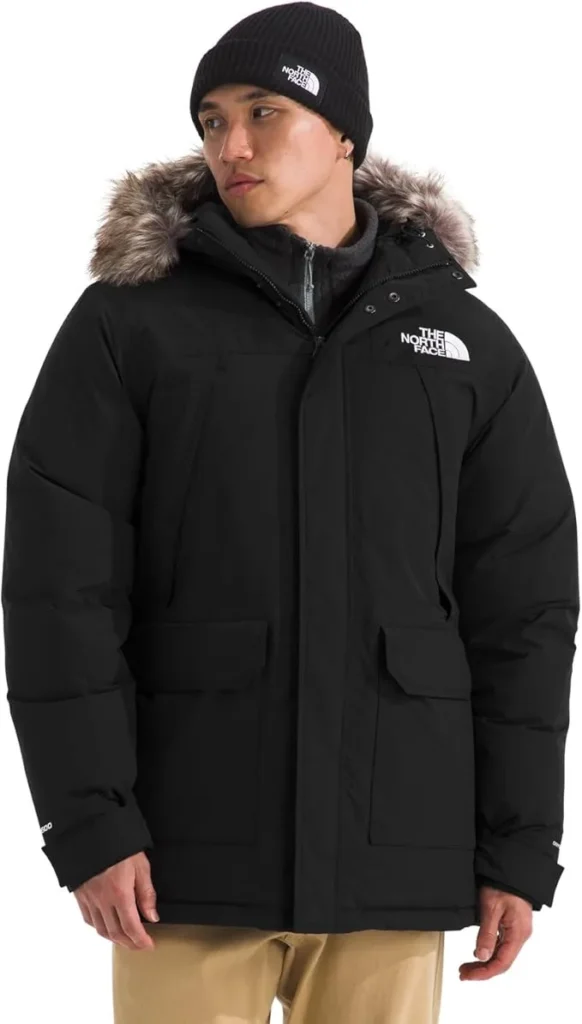
The North Face McMurdo is a legendary winter parka that has earned its reputation as one of the warmest, most stylish, and versatile cold-weather jackets on the market. Designed for urban wearers who don’t want to compromise on warmth, the McMurdo blends serious winter performance with a clean, fashionable look. It features a long parka cut for extended coverage, keeping your upper body and thighs warm during freezing commutes or long walks in snowy conditions.
REASONS TO BUY
- Exceptional warmth for freezing city winters.
- Stylish parka design that pairs well with casual and work outfits.
- Waterproof and windproof construction with DryVent shell.
- Multiple large, functional pockets for everyday use.
- Durable build that lasts for many winters.
REASONS TO AVOID
- Heavier technical performance jackets.
- Little bit price is more than normal
Insulated with 550-fill responsibly sourced down, the McMurdo offers dependable warmth even in sub-zero conditions. The outer shell is built with DryVent waterproof and windproof technology, ensuring that rain, snow, and icy winds don’t penetrate the jacket. To top it off, the McMurdo includes a removable faux-fur hood trim, adjustable cuffs, and multiple large pockets for storage. Whether you’re navigating city streets or standing at a bus stop in frigid temps, this coat delivers a premium mix of warmth, durability, and timeless style.
8. Carhartt Men’s 103826 Bartlett Jacket
Specifications
- Material: 100% Cotton Duck (Heavyweight, durable outer fabric)
- Insulation: Quilted flannel lining in the body and hood; sherpa-lined collar
- Fit: Loose fit with pleated bi-swing back for mobility
- Key Features: Triple-stitched main seams, multiple pockets, adjustable hood, durable zippers, and storm cuffs
- Use Case: Outdoor work, farming, construction, casual rugged wear
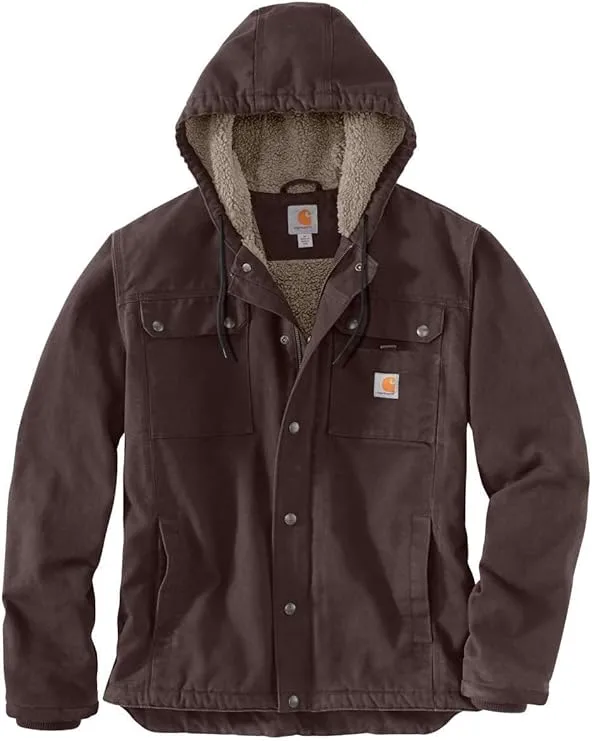
The Carhartt Bartlett Jacket is built for those who need a winter coat that can handle tough outdoor work and daily wear. Known for its durability, Carhartt has long been a favorite among workers, outdoorsmen, and anyone who values clothing that lasts. The Bartlett is made with heavy-duty cotton duck fabric that resists wear and tear, making it ideal for construction sites, farm work, or any rugged activity. Unlike more style-focused coats, this jacket prioritizes functionality and resilience.
REASONS TO BUY
- Extremely durable cotton duck fabric built for tough use.
- Warm quilted lining provides excellent insulation for outdoor work.
- Sherpa-lined collar adds comfort and warmth.
- Great mobility with bi-swing back panels.
- Multiple pockets for tools and essentials.
REASONS TO AVOID
- Heavier than casual winter jackets.
- Not fully waterproof, but perfect for use
Inside, the Bartlett features a quilted flannel lining in the body and hood for warmth, and sherpa lining in the collar, giving it a soft, comfortable feel where you need it most. The jacket also includes pleated bi-swing back panels, which improve mobility, so you won’t feel restricted when lifting or bending. With multiple front and interior pockets, it also has plenty of space for tools, gloves, or daily essentials. This is a go-to jacket for anyone working outdoors in harsh winter conditions and doubles as a casual everyday option for those who love Carhartt’s signature rugged style.
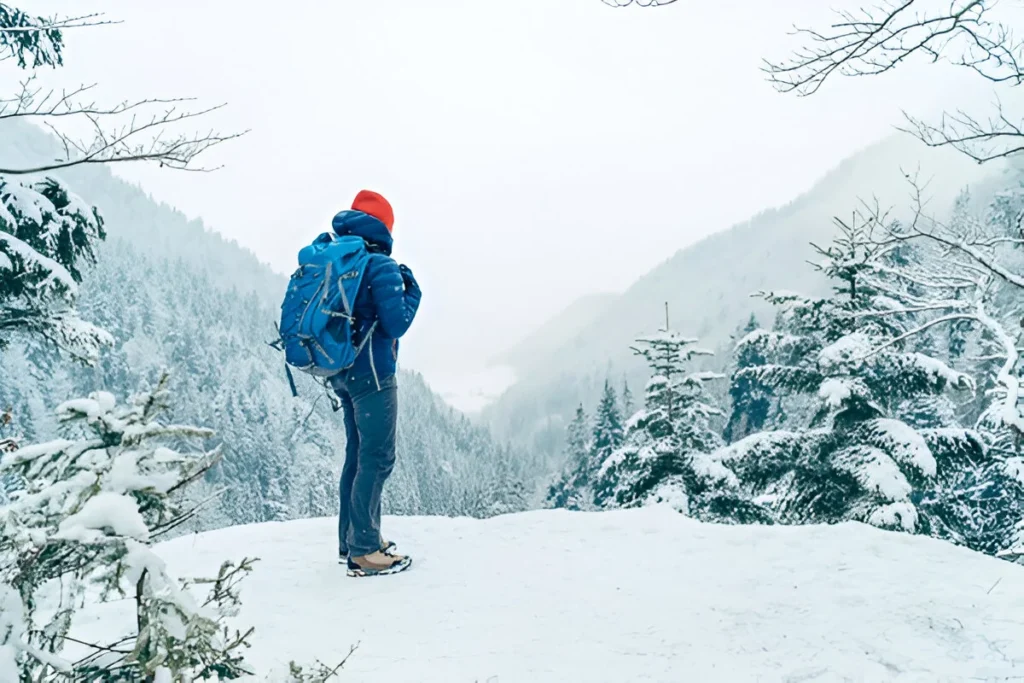
How We Tested Best Winter Jackets
Choosing the right winter jacket requires more than just checking the tag for insulation type or brand reputation. To create this guide, we tested each jacket in real winter conditions, from snowy hikes in the mountains to long days on windy ski slopes and chilly commutes through the city. Our goal was to find jackets that balance warmth, comfort, weather resistance, style, and durability across a wide range of uses.
We ranked each jacket based on six key performance metrics, ensuring that the results reflect both practical outdoor performance and everyday usability.
When ranking winter jackets, our testers compare results across six test metrics:
- Assessments of Warmth
- Trials and polls of Style
- Tests of Weather Resistance
- Observations of Construction Quality
- Checks and analyses of Comfort
- Evaluations of Features and Versatility
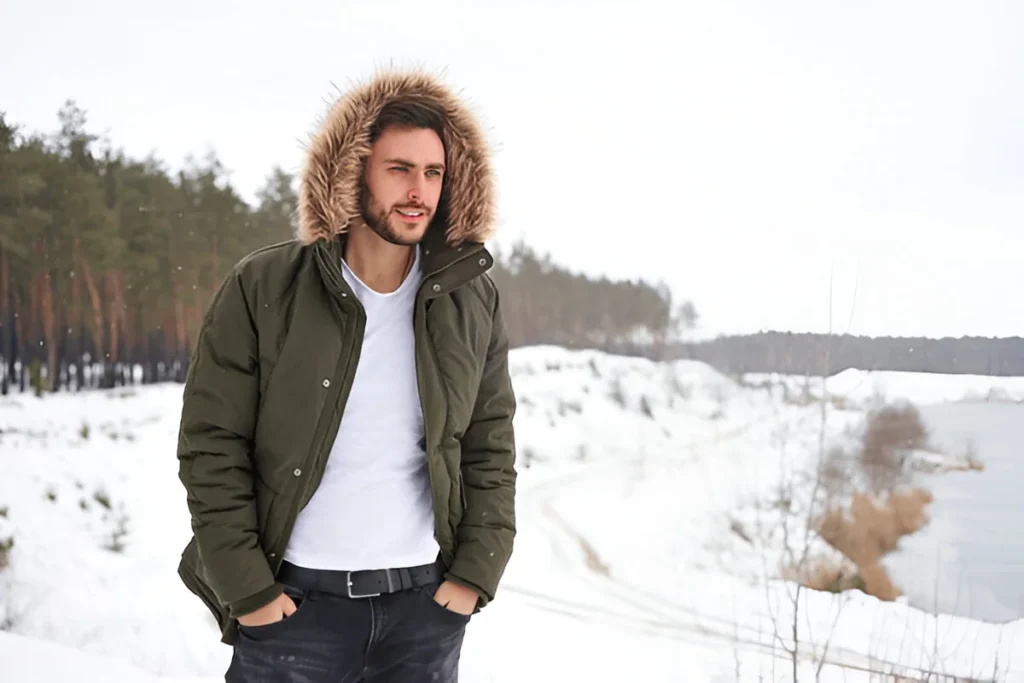
Winter Jacket Buying Advice:
Winter Jacket Categories: Casual vs. Performance
When shopping for a winter jacket, the first step is to decide how you will use it. Casual jackets are designed for daily wear, commuting, running errands, or social outings. They usually focus on style, comfort, and moderate warmth. Performance jackets, on the other hand, are built for outdoor activities like hiking, skiing, or mountaineering. These emphasize weather resistance, breathability, and technical features. Knowing your main purpose helps you avoid overpaying for features you won’t use, or underbuying a jacket that won’t keep you warm enough.
Insulation Types
Insulation determines how warm a jacket will be. Down insulation (from duck or goose feathers) offers an excellent warmth-to-weight ratio, compressibility, and long-term performance but loses effectiveness when wet. Synthetic insulation (like PrimaLoft) performs better in damp conditions, dries quickly, and is often more affordable. Hybrid options combine both for a balance of warmth and weather resistance. Your choice should match the climate and activity level you expect.
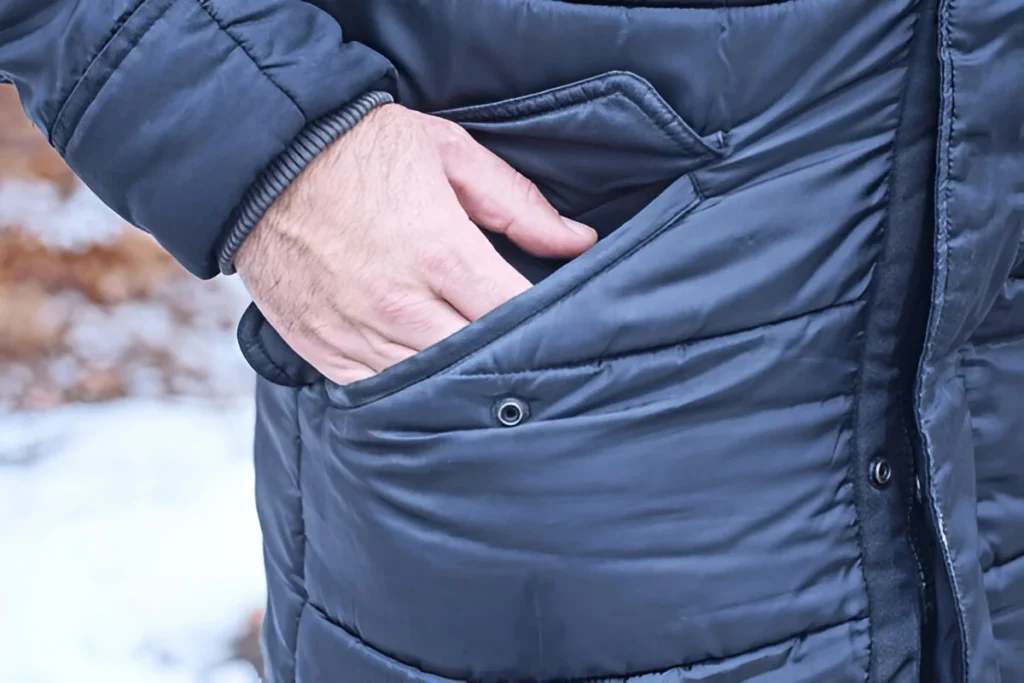
Weight and Packability
For travelers, hikers, or backpackers, weight and packability are critical. Lightweight down jackets can compress into tiny stuff sacks, making them ideal for carrying in a pack until needed. Heavier insulated parkas are bulkier but offer unmatched warmth for stationary use in extreme cold. Think about whether your jacket will live mostly in a closet or be packed and unpacked during trips and adventures.
Warmth
Warmth is a jacket’s primary function, but how much you need varies. For urban winters, moderate insulation may be enough. In sub-zero alpine conditions, you’ll want high fill-power down or thick synthetic layers. Features like draft collars, storm cuffs, and insulated hoods also play a role in retaining body heat. Always balance warmth with activity level: too much insulation during high-output sports can cause overheating.
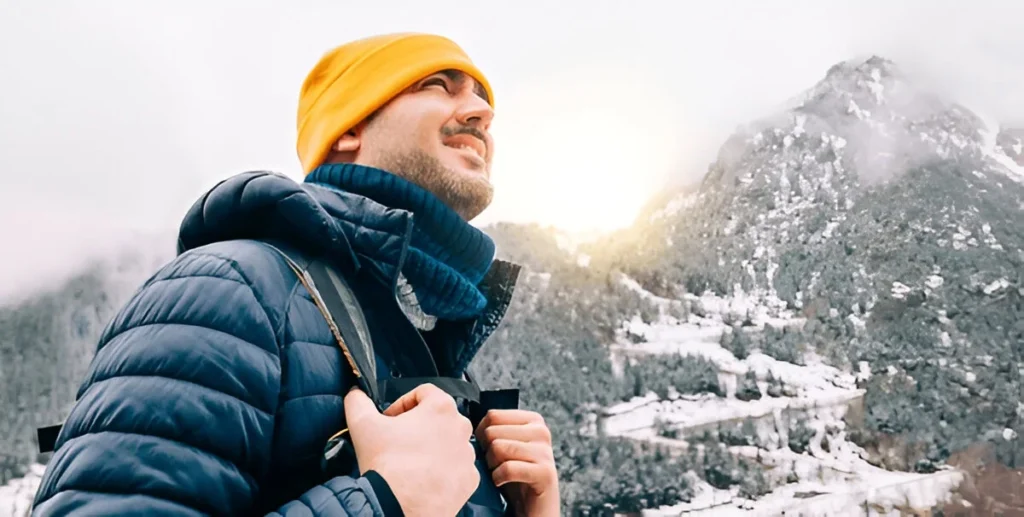
Sustainability
More brands are moving toward eco-friendly winter jackets by using recycled fabrics, responsibly sourced down, and environmentally safe water-repellent coatings. Jackets certified by organizations like RDS (Responsible Down Standard) or made with bluesign-approved fabrics are better for the planet without sacrificing performance. If sustainability matters to you, look for these certifications when choosing.
Temperature Rating
Some jackets provide temperature ratings, which estimate the coldest conditions they can handle. While not always standardized, they can help guide your choice. Keep in mind these ratings assume average activity levels; walking in the city requires less warmth than standing still at a football game, and much less than skiing in strong winds. Use them as a baseline, not an absolute guarantee.
Winter Jacket Features
Modern winter jackets come with many features that improve usability and protection. Examples include adjustable hoods, storm flaps, removable liners, multiple pockets, pit zips for ventilation, and drawcord waists. Depending on your lifestyle, these can make the difference between convenience and frustration. Performance-oriented jackets usually include more technical features, while casual coats stick to simple, stylish details.
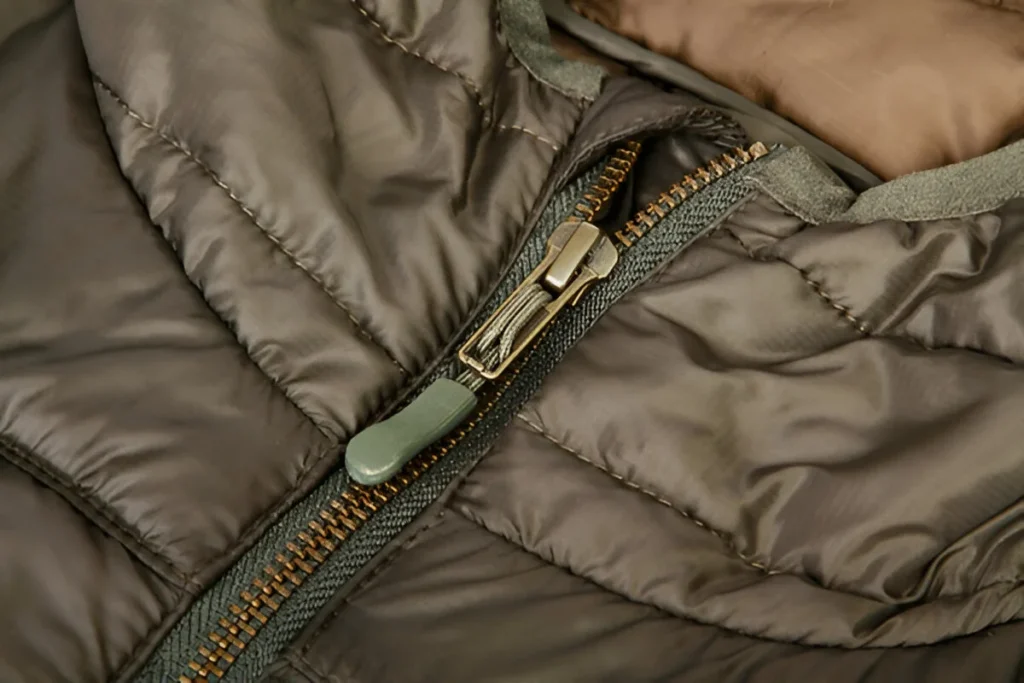
Fit and Sizing
The right fit ensures both comfort and performance. A jacket that is too tight can restrict movement and limit layering, while one that’s too loose won’t trap heat efficiently. Look for designs with articulated sleeves, adjustable cuffs, and cinchable hems for better comfort and function. Always check size charts, as brands may differ in their cuts (slim, regular, or relaxed).
Layering
A good winter jacket should fit well over base and mid-layers. This layering system allows you to adjust insulation depending on the weather. Performance jackets often leave space for extra layers underneath, while casual jackets are usually designed as standalone pieces. If you plan to be active outdoors, prioritize jackets that work seamlessly with multiple layers.
Wind Protection
Wind chill can make temperatures feel much colder, so wind protection is vital. Jackets with windproof membranes, storm flaps, and adjustable closures reduce heat loss in harsh gusts. Some lighter jackets may not be fully windproof, but still block enough wind for casual use. For extreme conditions, a fully windproof shell is essential.
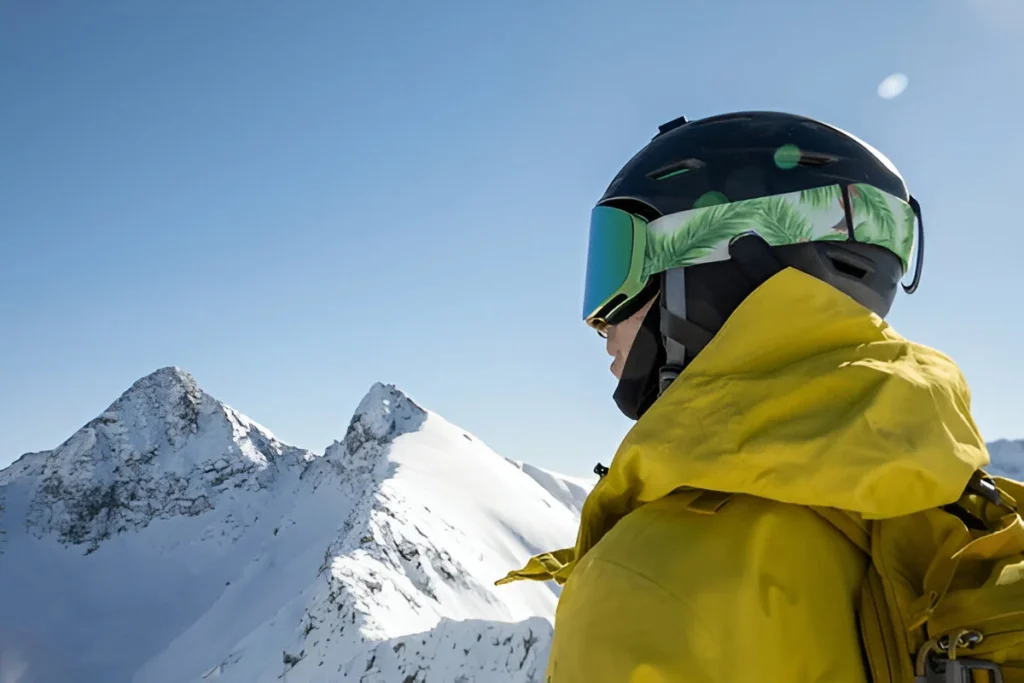
Water-Resistant vs. Waterproof
Finally, consider how much moisture protection you need. Water-resistant jackets shed light rain and snow but will soak through in heavy conditions. Waterproof jackets (with sealed seams and membranes like Gore-Tex) keep you dry even in downpours or wet snow. If you live in a region with frequent rain or slushy winters, waterproofing is a must; otherwise, water-resistant coatings may be enough.
How to Choose a Winter Jacket
1. TYPES OF INSULATION
- Down Insulation:
Down is the gold standard for warmth-to-weight ratio. Made from the fluffy plumage beneath a duck or goose’s feathers, it traps heat exceptionally well while staying lightweight and compressible. A high fill power rating (700–900) means better loft and insulation efficiency. However, down has one drawback: it loses its insulating ability when wet. Many premium down jackets now use water-resistant coatings or are paired with protective shells to solve this issue, making them ideal for dry, frigid environments.
- Synthetic Insulation:
Synthetic fibers like PrimaLoft and Thinsulate are designed to mimic down’s loft while retaining warmth even when wet. Synthetic jackets dry faster, often cost less, and are more durable for frequent use. They’re a great choice for wetter climates, casual wearers, and anyone who does not want to worry about babying their gear. The trade-off is that they are usually heavier and bulkier than down.
- Hybrid Options:
Some jackets combine down and synthetic insulation to get the best of both worlds. For example, down may be used in the torso for maximum warmth, while synthetic panels are placed in the shoulders, cuffs, or hood areas most exposed to moisture. Hybrids are perfect for those who want reliable warmth but also need performance in damp, unpredictable conditions.
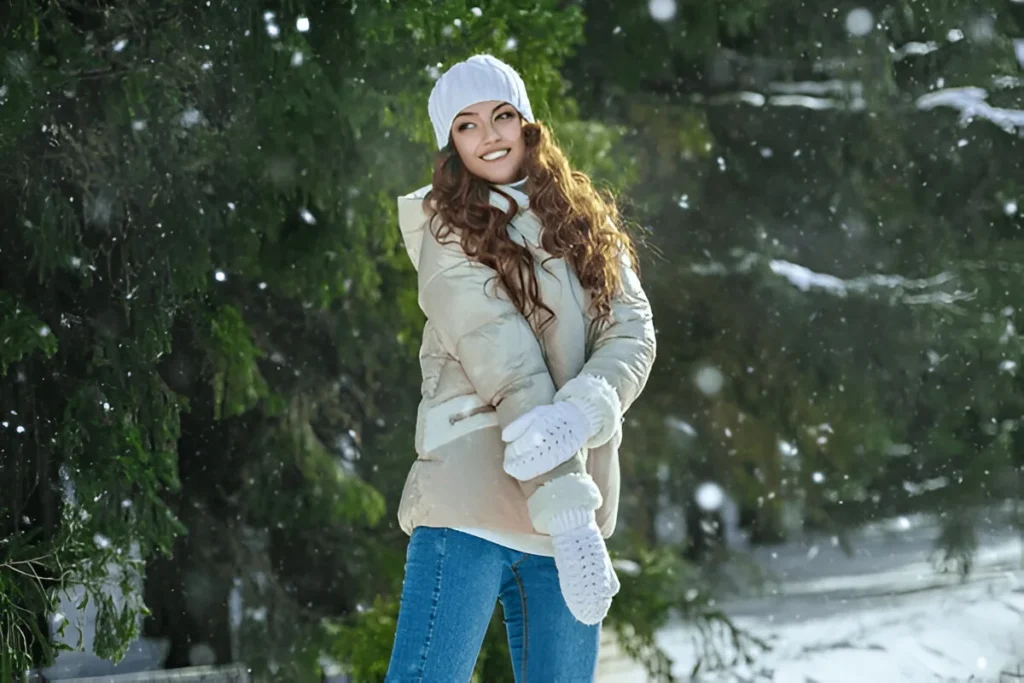
2. IDENTIFY THE JACKET’S INTENDED USE
Not all winter jackets are designed for the same scenarios. A casual commuter jacket should focus on warmth, comfort, and style for city use. A performance jacket like those used for skiing, mountaineering, or backpacking needs to balance warmth with breathability, mobility, and technical features. If you are mostly walking around town, you are likely to prioritize fashion and insulation. But if you are pushing through snowstorms on a mountain, technical performance should guide your choice.
3. SHELL MATERIALS
The outer shell determines how well a jacket protects you from wind, water, and wear. Nylon and polyester are common, with varying degrees of durability. High-performance shells often include waterproof-breathable membranes like Gore-Tex, which block moisture while allowing sweat vapor to escape. For casual wear, water-resistant coatings (DWR) may be enough, while serious outdoor athletes should invest in a fully waterproof, seam-sealed shell. Reinforced fabrics at the shoulders and sleeves also improve long-term durability, especially for those carrying backpacks or skiing.
Why Trust Outdoor Searcher
At Outdoor Searcher, our goal is to give readers honest, experience-driven recommendations. Unlike quick list-style articles that rely only on specs, we put every jacket we review through real-world testing in winter conditions, snowstorms, icy winds, ski slopes, and freezing city commutes. This allows us to measure performance beyond the label, focusing on how each jacket actually feels and functions outdoors.
Our review process is led by Jack, our Review Editor, who has years of experience testing outdoor gear in harsh climates. With a background in mountaineering and cold-weather expeditions, Jack knows the difference between marketing claims and reliable performance. Each product is compared across consistent metrics like warmth, comfort, durability, weather protection, and value, so you know exactly what to expect.
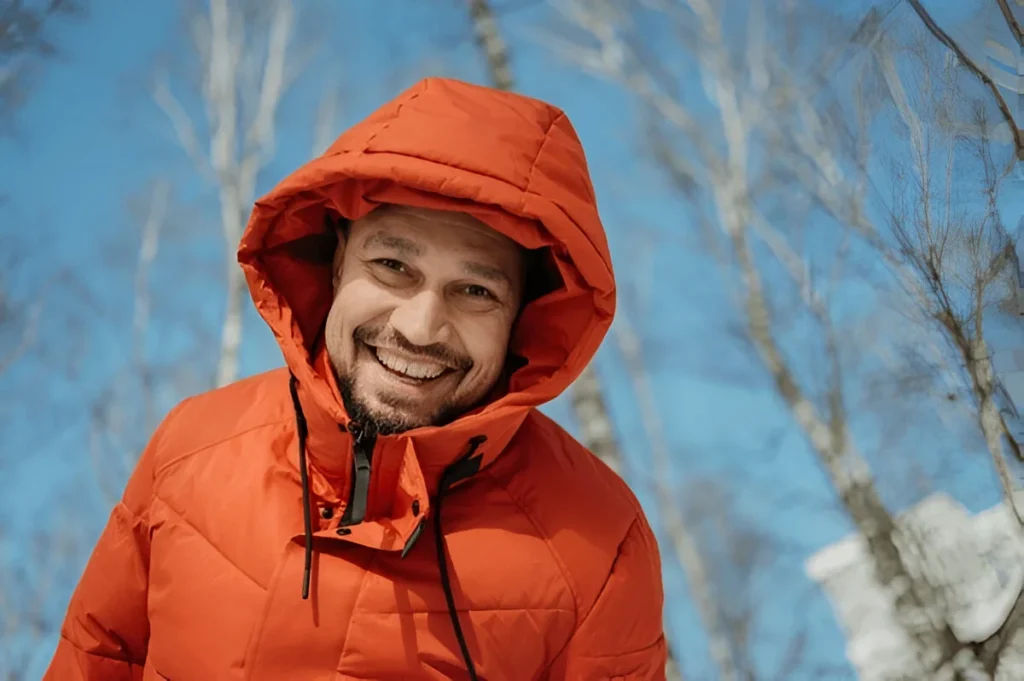
Conclusion
Choosing the right winter jacket is more than just a matter of style but it is about protection, comfort, and confidence in the harshest conditions. The best winter jackets of 2025 stand out because they combine warmth, durability, weather resistance, and versatility, whether you are commuting in freezing temperatures, trekking through snowy trails, or enjoying casual outdoor activities. Our top picks were carefully tested across a range of real-world environments to make sure they perform when it matters most. From budget-friendly options like the Orolay Thickened Down to premium technical pieces like the Rab Neutrino Pro, and stylish yet practical choices such as The North Face McMurdo, there is a jacket here to fit every lifestyle, budget, and purpose.
By focusing on insulation type, intended use, fit, and protection features, you can confidently select a jacket that not only keeps you warm but also lasts for many seasons to come. Whether you prioritize high performance, affordability, or everyday wearability, the jackets featured in this guide represent the best of 2025
FAQs
What is the warmest type of insulation for a winter jacket?
The warmest insulation is typically down, which offers an excellent warmth-to-weight ratio and compressibility. Jackets filled with high-fill-power down trap more air, creating better insulation against extreme cold. However, synthetic insulation performs better in wet conditions since it retains warmth even when damp. Many brands now offer hybrid options that combine both materials for an ideal balance of warmth, durability, and weather resistance.
Are expensive winter jackets really worth the price?
Premium jackets often come with better materials, advanced insulation, durable construction, and superior weather protection. They are designed to last for many years, making them a worthwhile investment if you spend a lot of time outdoors in harsh winter climates. On the other hand, budget jackets can still perform well for casual use, commuting, or light winter conditions. It really comes down to how frequently and in what conditions you’ll be wearing the jacket.
How do I know if a winter jacket is warm enough for me?
Warmth depends on insulation type, fill weight, layering ability, and temperature rating. Look for jackets with clear temperature guidelines or warmth ratings provided by the brand. If you live in extremely cold regions, prioritize a jacket with higher fill power (like 700+) or thicker synthetic insulation. For milder climates, a lighter insulated or midweight jacket should be sufficient. Pairing your jacket with base and mid-layers also extends its versatility across different temperatures.
Should I choose a waterproof or water-resistant jacket?
It depends on your needs. A fully waterproof jacket with sealed seams is best for wet, snowy, or stormy conditions, especially if you spend time hiking, skiing, or working outdoors. A water-resistant jacket offers basic protection against light snow and drizzle but may not hold up in heavy rain. Many winter coats use durable water-repellent (DWR) coatings to shed moisture, but layering with a waterproof shell can add extra protection if needed.
What is the difference between casual and performance winter jackets?
Casual winter jackets are designed for style, comfort, and everyday use, such as commuting, city wear, or light winter walks. They often focus more on looks while still offering warmth. Performance jackets, on the other hand, are engineered for outdoor activities like skiing, mountaineering, or backpacking. These prioritize warmth, weather resistance, packability, and technical features such as a helmet
How should a winter jacket fit?
A winter jacket should fit snugly but still allow room for layering underneath. The shoulders should feel comfortable without restricting movement, sleeves should fully cover your wrists, and the hem should fall long enough to provide core warmth. For performance use, an adjustable hood, cuffs, and hem are important to seal out cold air. A proper fit not only keeps you warm but also ensures comfort and mobility in different activities.



